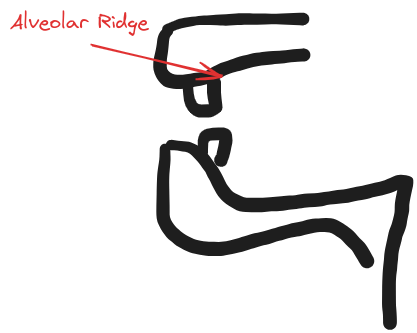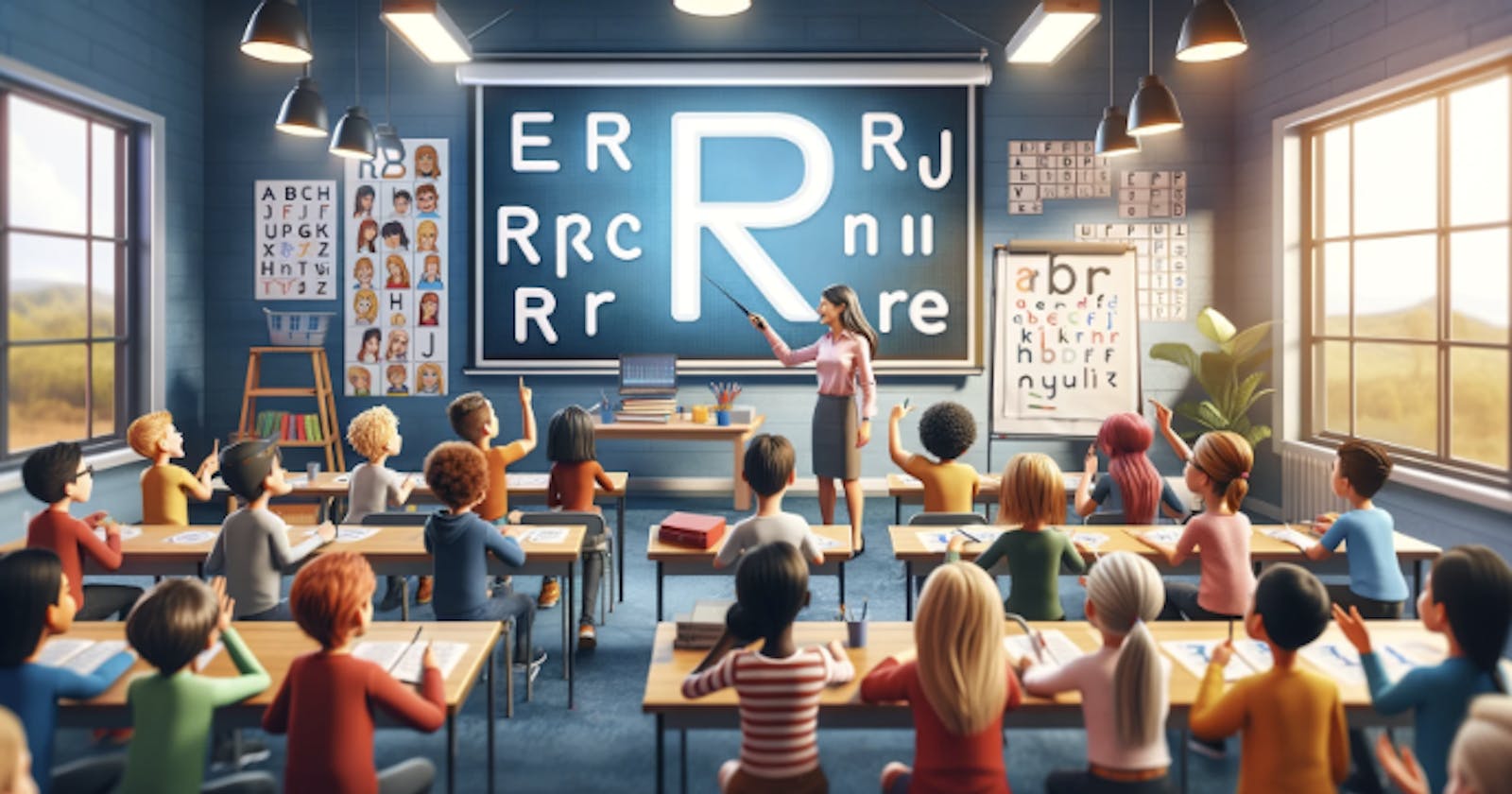Recently, I became interested in learning Spanish and came across quite a few helpful resources, like the fascinating https://www.languagetransfer.org/complete-spanish if you know English already.
One challenge I found myself struggling with is the pronunciation of rolling “r”. I never grasped the technique of the tougue trill as a kid, nor was I motivated back then. This time, I’ve decided to challenge myself.
Secrets of the Rolling “R” Sound
Human vocalization is made by controlled airflow from lungs. The rolling “r” is no exception, and the two key techniques are
Tongue placement: the tip of the tougue should be placed at the alveolar ridge, between the upper teeth and the hard palate. This is the spot where your tongue ends when you pronounce the letter “L”. See the illustration below for a side view of the human vocal system with the alveolar ridge annotated (drawn with https://excalidraw.com/)
Tongue control: the tougue should be relaxed to let the air flow between your tongue and teeth, allowing for vibration as air flows through

simple illustration of alveolar ridge drawn with excalidraw.com
Practice, Practice, Practice
While some people may find it easy to learn the tongue trill, it didn’t come naturally to me. It took me a lot of practice to be able to pronounce it. This may not be something you can get a hang of from day One. The key is to keep practicing consistently.
One strategy that worked well for me was to start with the English word “butter”. The “tter” is a good starting point for the rolling “r”. Try relax your tongue a bit while saying the word, and let the air flow through, allowing your tongue to flap on itself.
It took me a couple of months of practicing several minutes daily to finally be able to make the pronunciation. Stick with it, and you’ll get there!
